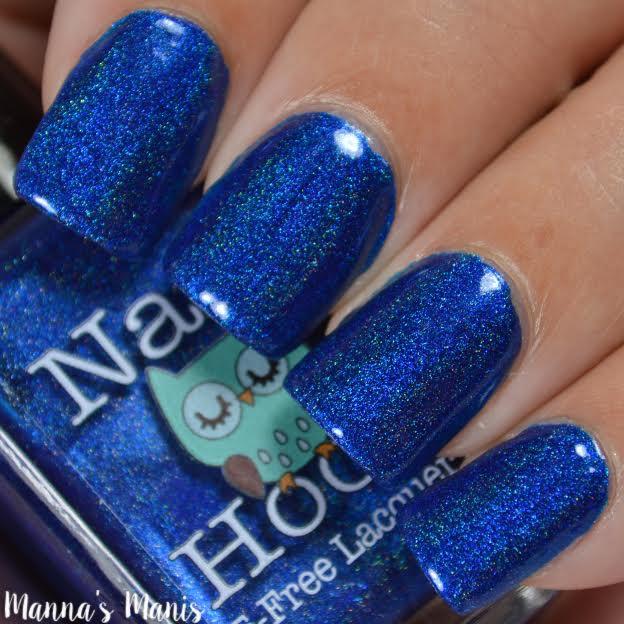

Kings and queens in ancient Greece and Rome believed the owner of a sapphire would be protected from harm and envy. It has been closely associated with royalty.The sapphire has symbolized truth, sincerity, and nobility for thousands of years.The name “sapphire” came from the Greek word sappheiros, referring to a blue stone.Sapphire Meanings, Symbolism, and Folklore A purple color is a combination of all three trace elements. Iron and titanium are responsible for a sapphire’s blue color, and the more iron present, the darker the blue color of a sapphire. Yellow and orange sapphires get their color from the presence of iron and chromium, while pink sapphires are a result of high amounts of chromium. Part of the same corundum family as the ruby, stones in violet, green, yellow, orange, pink, and purple are known as “fancy sapphires.” Some exhibit color changes, depending on the lighting.Ĭorundum is naturally colorless, but trace amounts of elements like iron, titanium, and chromium lead to the range of colors. Outside of red corundum (rubies), all other corundum gems are considered sapphires. The sapphire is best known for its striking pure-blue color, but it can range from greenish-blue to violet-blue. Learn more about the history, meaning, and symbolism of the sapphire! Sapphire’s Color

It has symbolized royalty and truth, while many have cherished its mysterious healing powers. It’s part of what some consider to be the big three of jewelry stones, along with the ruby and the emerald. Known for its deep blue color, the sapphire has been one of the most sought-after gems for centuries.


 0 kommentar(er)
0 kommentar(er)
